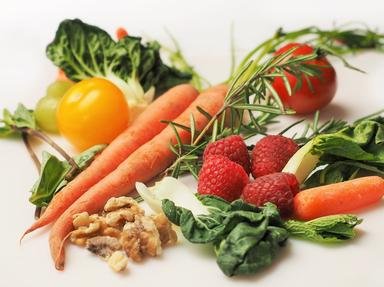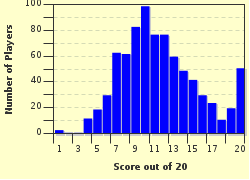Quiz Answer Key and Fun Facts
1. How long does the asparagus plant take to mature properly?
2. Asparagus is especially good for pregnant women. Why?
3. What family is the rhubarb a part of?
4. Which country first used rhubarb and what did they use it for?
5. You can eat any part of the rhubarb plant.
6. When does the rhubarb plant flower?
7. What family do kohlrabi, turnips and cabbages come from?
8. Cavolo Nero is a name for what type of vegetable?
9. Carrots weren't always orange. What colour were they originally?
10. Who is responsible for popularising orange carrots?
11. Onions and garlic come from which genus?
12. When cutting onions, chemicals are released that make your eyes water. What is the central element in these substances?
13. Peas and broadbeans belong to which family?
14. In the Middle Ages, dried peas became a staple food among which class of people in Europe?
15. Where were potatoes first cultivated?
16. A single medium-sized potato contains nearly half the recommended daily intake of which vitamin?
17. Pomodoro is Italian for which fruit?
18. Jalapeno chillies get their name from Jalapa, Mexico.
19. What should you avoid drinking if you are trying to 'cool down' after eating chillies?
20. Where have squashes and pumpkins been cultivated for the last 10,000 years?
Source: Author
natz1027
This quiz was reviewed by FunTrivia editor
Bruyere before going online.
Any errors found in FunTrivia content are routinely corrected through our feedback system.


